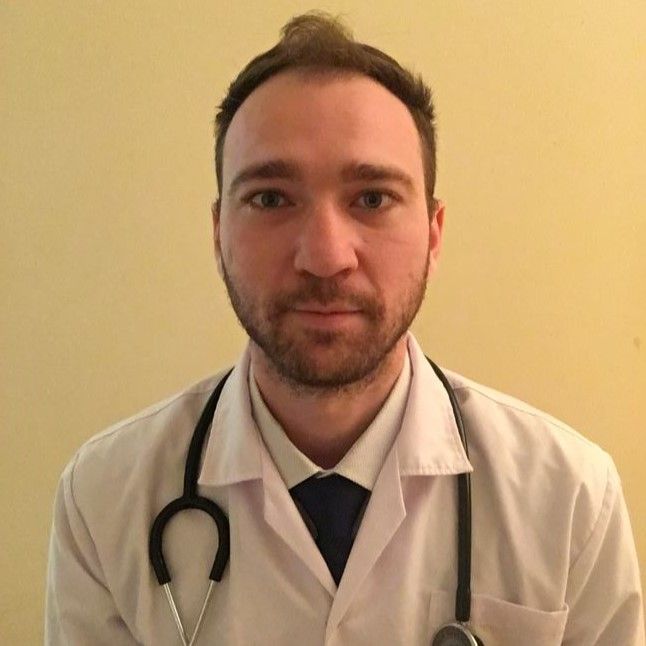Hair transplantation is a surgical procedure where the patient's own hair is transferred from one area (donor site) to another (recipient site). The most commonly used techniques are FUE (Follicular Unit Extraction) and FUT (Follicular Unit Transplantation).
When is Hair Transplantation Needed?
Hair transplantation is generally considered when hair loss cannot be managed with cosmetic or medicinal treatments. This includes conditions like androgenetic alopecia (male pattern hair loss), as well as recovery from certain injuries or surgeries.
Examination Process:
- Consultation: The first step involves a personal consultation to discuss expectations and assess the possibilities for hair transplantation.
- Planning: Detailed planning of the procedure, including selecting donor and recipient areas.
- Preparation: Preparing the donor site and extracting hair follicles.
- Transplantation: Transplanting the extracted hair strands to the recipient area.
Healing Process:
Recovery is quick, and patients can usually return to their daily activities within a few days. However, several months may be required to observe full hair growth.
In the first five days post-operation, the doctor may prescribe antibiotics to prevent potential infections. Should you experience any discomfort, our experts can recommend appropriate pain relief. It is crucial for the survival of the hair follicles that you strictly follow the instructions discussed with your doctor through the different stages of the healing process.
Healing Timeline:
Expect the donor site to heal within approximately 4-7 days, while the recipient site generally takes 7-10 days to heal.
After the procedure, patients can carefully wear a thin hat after 4-5 days but should avoid prolonged coverage such as wearing a warm hat or helmet for two weeks. Moreover, patients can engage in light physical activities the day after the procedure, but intensive exercise should be avoided for at least two weeks.
Mild swelling may occur due to the anesthetic, which is temporary and does not lead to complications.
Important Considerations:
- After the surgery, patients receive a turban-like head dressing, which can be removed the next day. It is recommended to wash the head with lukewarm water only for the first 5-6 days. Only this type of cleaning is advised during this period. Afterward, gentle massaging with the fingers can assist in cleaning the scalp and aiding the removal of crusts.
- It is forbidden to scratch the transplanted area as it may damage the implants.
- Avoid smoking for at least one week.
- For one week, avoid alcohol, coffee, and spicy foods.
- Protect your scalp from sunlight and avoid physical impacts.
- Avoid visiting the hairdresser for a week, and refrain from sunbathing, sauna, and swimming for a month.
Why Choose Liv Duna Medical Center?
- Experienced professionals
- Latest technologies
- Excellent patient care
- Customized treatment plans
Contact us today and take the first step towards a full and natural head of hair!

